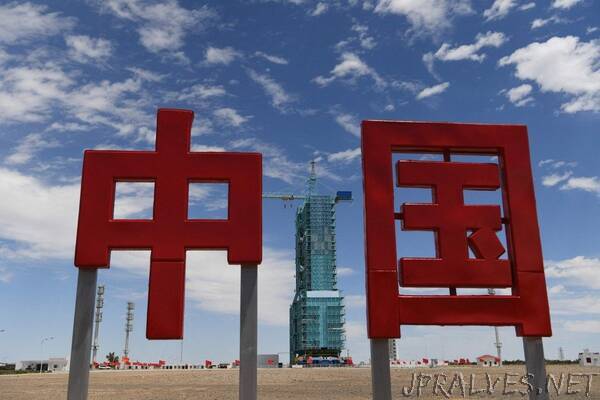
“A mega spacecraft assembled in orbit is among projects that Chinese researchers have been invited to study, as the country expands plans for future space exploration and long-term crewed missions.
The National Natural Science Foundation of China has called on scientists to join a five-year project to study the mechanics of an “ultra-large spacecraft spanning kilometres”.
“[Such a spacecraft] is a major strategic aerospace equipment for the future use of space resources, exploration of the mysteries of the universe and staying in long-term orbit,” said an outline of the project published by the foundation – a basic research funding agency managed by the Ministry of Science and Technology.
That was among 10 proposed research outlines released earlier this month by the foundation’s mathematical and physical sciences department, which will fund five projects capped at 15 million yuan (US$2.3 million) each.
According to the published outline, the modular spacecraft would have to be launched multiple times and assembled in space, because it would be too heavy and huge to be launched in one flight.
Researchers will be tasked with minimising the weight of the spacecraft to reduce the number of launches and construction costs. They should also ensure controllability of the structures to limit attitude drift, deformation and vibration during the assembly process, the outline said.
China has invested heavily in its space programme and in May became the second country to put a functional rover on Mars, two years after landing its first spacecraft on the far side of the moon.
China began work on its Tiangong space station in April, with the first of several modules sent into near-Earth orbit aboard a Long March 5 heavy rocket. The 22-tonne component will serve as the core of the Tiangong, where astronauts will spend most of their time.
The space station is expected to be completed next year and have a mass of about 100 tonnes. That would make it only about a quarter of the size of the International Space Station.
The ISS, built by a coalition of 16 countries, is about 109 metres (356 feet) long and 75 metres wide – nearly the size of a soccer field.
The modules of the 420-tonne station were delivered on 42 assembly flights, mostly by US space shuttles, according to US space agency Nasa.
China is also researching a super heavy-lift rocket engine designed for the next-generation carrier rocket Long March 9 (CZ-9), which is expected to make its first flight in 2030. It is expected to be able to lift up to 140 tonnes to low-Earth orbit (LEO) or 50 tonnes to trans-lunar injection.
There are also plans to send a cargo spacecraft to Tiangong space station next month, to be followed by the Shenzhou-13 in October, which will take three astronauts into orbit and return with the current crew, the Post reported last Tuesday.”
